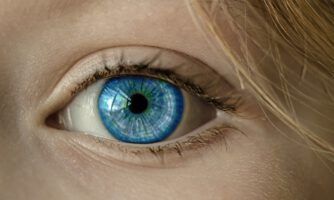Compared to the effects that the development of spatial-visual skills has on our brain performance, our genetic differences are almost negligible. We select “something” and add “something”. Seeing is content-related comprehension, regardless of whether this process occurs intellectually or intuitively. What we see, we have understood. We learn how we have understood it or whether we are right or wrong through the consequences of our actions. We should therefore express our observations in a descriptive or verbal way. As soon as we view the environment not as a given, but as an open learning space that reveals our own level of knowledge, we must constantly question our current perspective.
Where we cannot discover anything significant, our gaze does not linger for long. As a result, we are unable to see many contents and action contexts that are clearly visible to others. However, we can make an effort to gain knowledge and understanding by extending the time we spend looking at things in order to make further meaningful connections. Complex texts also often only become comprehensible after repeated reading. In contrast, we learn far more efficiently in an interesting learning environment that constantly stimulates us. This optimally challenges the individual level of development of our spatial-visual brain performance. We only learn something if we are interested in it.
In the process of our individual development, we have to come to terms with a cultural space whose content and perspective has been determined both formally and in terms of content by the world view of previous generations. The extent to which we adopt these materialized “views”, engage with them productively or reject them depends largely on whether we see them as a compulsion to adopt conventions or as an offer to help shape them. Age, on the other hand, gives us no factual reason to forego the acquisition of new insights and views and the resulting opportunity to reshape our cultural space.


